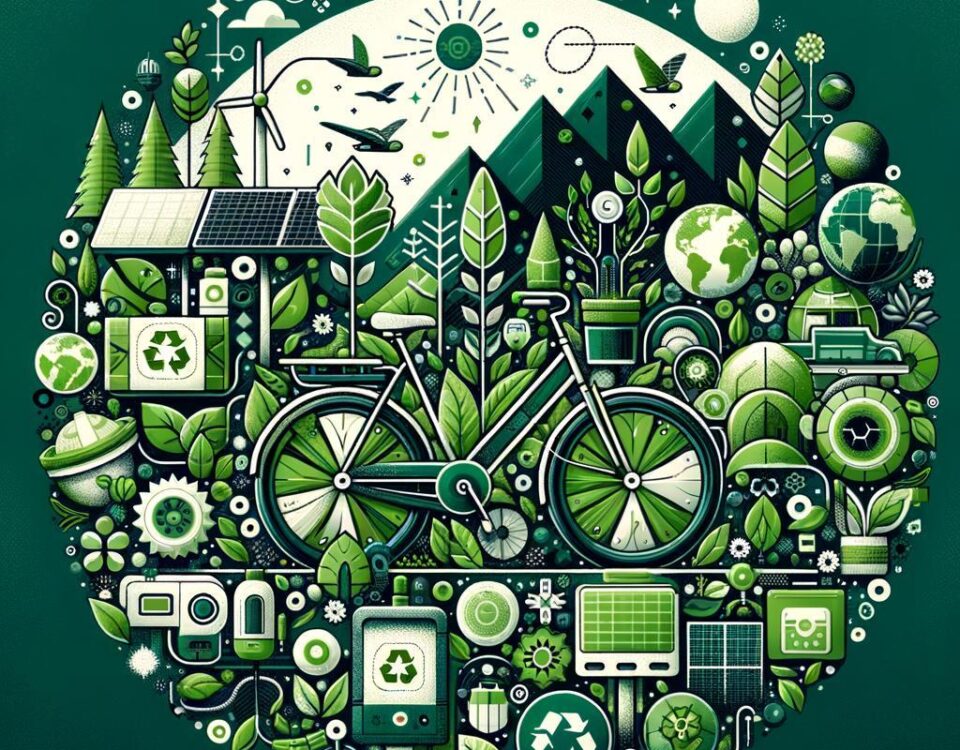Create an Eco-Friendly Wardrobe
In today’s fast-paced world, the impact of fast fashion on our environment has become increasingly evident. Creating an eco-friendly wardrobe is not just a trend; it’s a necessary step toward sustainable living. By understanding sustainable fashion and making conscious choices, we can significantly reduce our carbon footprint. In this guide, you’ll discover practical tips, the benefits of an eco-friendly wardrobe, and more to help you transition into a sustainable lifestyle.
The Importance of Sustainable Fashion
The fashion industry is one of the largest polluters globally, contributing to significant environmental degradation and social injustices. Here are some compelling reasons to switch to eco-friendly wardrobes:
- Environmental Impact: Conventional garment production consumes vast amounts of water and energy, leading to pollution and depletion of natural resources.
- Social Responsibility: Many fast fashion brands exploit labor, silencing workers’ rights and perpetuating inequality.
- Personal Style: A curated, eco-friendly wardrobe encourages creativity and individuality, moving away from fleeting trends.
How to Create an Eco-Friendly Wardrobe
1. Evaluate Your Current Wardrobe
Before starting your journey, take a closer look at what you currently own. This evaluation helps you understand your needs and preferences better.
- Identify items you rarely wear.
- Sort clothes into keep, donate, and repurpose categories.
2. Choose Sustainable Materials
When adding new pieces to your wardrobe, prioritize sustainable fabrics. Here are some eco-friendly materials to consider:
| Material | Description |
|---|---|
| Organic Cotton | Grown without harmful pesticides and chemicals. |
| Bamboo | Fast-growing and biodegradable, requiring less water. |
| Hemp | Drought-resistant, needs minimal water and chemicals. |
| Recycled Polyester | Made from post-consumer plastic bottles, reducing waste. |
3. Opt for Second-Hand Shopping
Shopping second-hand is a fantastic way to build an eco-friendly wardrobe while reducing waste. Consider the following options:
- Thrift stores
- Online resale platforms (e.g., Poshmark, Depop)
- Clothing swaps with friends
4. Support Ethical Brands
When purchasing new clothing, research brands that are committed to sustainable practices. Look for certifications like Fair Trade, GOTS (Global Organic Textile Standard), or B Corp.
5. Embrace Minimalism
A minimalist approach encourages fewer, high-quality pieces that transcend trends. Here are some tips to simplify your wardrobe:
- Adopt a capsule wardrobe – focus on versatile items that can be mixed and matched.
- Limit impulse purchases by establishing a 30-day rule before buying new items.
Benefits of an Eco-Friendly Wardrobe
Transitioning to an eco-friendly wardrobe comes with various benefits that go beyond environmental considerations:
- Cost Savings: Investing in quality over quantity can save you money in the long run.
- Unique Style: Second-hand and vintage pieces can help you stand out from the crowd.
- Peace of Mind: Knowing your purchases support ethical practices promotes emotional well-being.
Case Study: A Friend’s Journey to Sustainable Fashion
One of our readers, Sarah, embarked on her sustainable fashion journey last year. Here’s how she transformed her wardrobe:
- Donated over 50% of her clothes that she no longer wore.
- Invested in high-quality pieces made from eco-friendly materials like organic cotton and Tencel.
- Started a clothing swap group in her community, fostering sustainable habits among friends.
After six months, Sarah noted an improvement in her style confidence, less clutter at home, and a sense of fulfillment knowing she was making a difference.
First-Hand Experience: Building My Eco-Friendly Wardrobe
Creating an eco-friendly wardrobe was a gradual but rewarding process for me. Here are some tips and insights from my journey:
- Research: I spent time learning about sustainable brands and their practices.
- DIY Projects: I turned old shirts into reusable tote bags.
- Mindfulness: I now consider each purchase carefully, asking myself if it’ll enhance my wardrobe sustainably.
This conscious approach has not only improved my relationship with fashion but has also positively impacted my eco-profile.
Conclusion
Building an eco-friendly wardrobe is a journey that reflects your values and commitment to the planet. By choosing sustainable materials, supporting ethical brands, and embracing reducing, reusing, and recycling, you contribute to a healthier world. Remember, every small step counts in the larger picture. Together, let’s make fashion sustainable and stylish!
Are you ready to create your eco-friendly wardrobe? Join the movement towards sustainable fashion and become a responsible consumer today!






